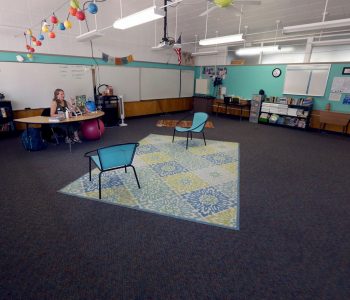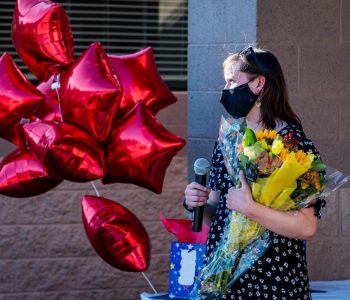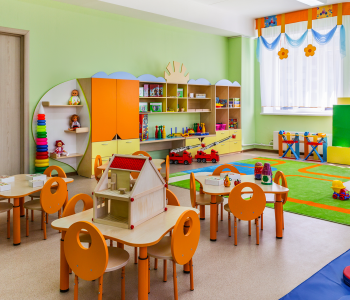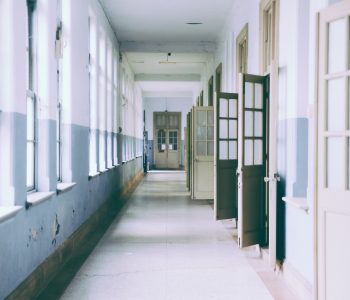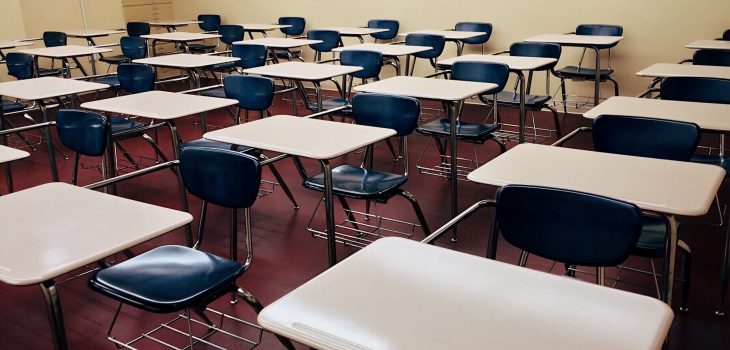 Education News
Education News
COVID Problem: Classroom Size and Physical Distancing
With class sizes as high as 40 students, can Arizona schools keep kids healthy?
From The Arizona Republic. May 18, 2020. Lily Altavena.
Nationally, education leaders have said schools might try to reduce the spread of COVID-19 by distancing desks and students by 6 feet, making class sizes smaller by alternating the days or times students go to school.
Doing that could burden parents, particularly working parents, who might then have to work more from home or pay for additional hours or days of childcare.
Locally, parents and teachers say it will be nearly impossible to keep kids a safe distance apart in many Arizona classrooms. The state’s student-to-teacher ratio is the highest in the country at 23 students for every teacher, according to the National Center for Education Statistics.
The CDC this week released some guidance for schools, but it is not detailed. School leaders say they need clear guidance to move forward.
The Arizona Department of Education’s document outlining the state’s approach to reopening schools does not indicate how schools should structure a learning environment while the pandemic rages.
The document does specify that the state should work on strengthening internet infrastructure and online learning platforms, which may mean distance learning, in some fashion, will continue to be part of a child’s school day.
Marisol Garcia, vice president of Arizona’s biggest teacher’s union and the chair of a union-led COVID-19 education task force, said teachers will have to learn more about online learning, with the support of their schools.
And distance learning highlights inequities between low-income students and those whose families can afford high-speed internet and devices to conduct online learning, she said.
State school finance laws would need to change for [a social distancing] scenario, because social distancing requirements would likely mean students would have to alternate what days they go to school to keep class sizes low, according to John Carruth, superintendent of the Vail Unified School District in southern Arizona.
Because funding is based on student attendance, schools wouldn’t be able to receive as much funding as they do now because students would be present for fewer days than typical.
